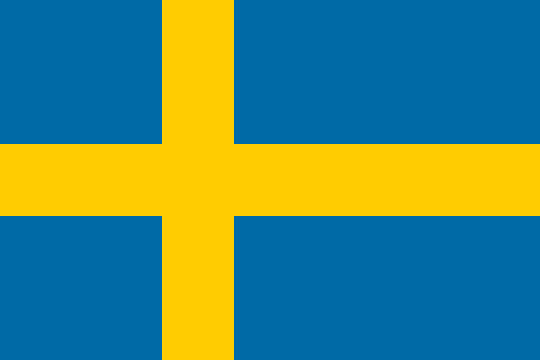FREE online course, course materials, online course
Spatial Omics Data Analysis
This is an international course hosted by the National Bioinformatics Infrastructure Sweden (ELIXIR-SE) in collaboration with the Human Developmental Cell Atlas (HDCA), the Royal Institute of Technology, Stockholm University, Karolinska Institutet, Uppsala University, Charité Clinical University (ELIXIR-DE), Helmholtz Munich (Germany) and the European Molecular Biology Organisation. The course is open for PhD students, postdocs, group leaders and core facility staff working on spatial omics technologies. Topics covered include:
- Hands-on experience with ST (Visium), ISS, scRNAseq data analysis
- Fluorescence-based image formats, standards and quality control
- Image alignment, registration and ISS decoding
- Nuclei-based and segmentation-free cell identification
- Data imputation using ISS and single cell datasets
- Analysis of Spatial Transcriptomics dataset
- Cell-type deconvolution (ST and single cell)
- Cell-cell and ligand-receptor interaction analysis
- Mapping of multiple spatial data to a common reference
- High-resolution projection of gene expression to H&E images
- Interactive visualisation of spatial omics data
Licence: Creative Commons Attribution Non Commercial Share Alike 2.0 Generic
Contact: [email protected]
Keywords: spatial, Multiomics, In situ sequencing, Spatial Transcriptomics, Single cell RNAseq
Target audience: PhD Students, post-doctoral researchers
Resource type: FREE online course, course materials, online course
Version: 1.0
Status: Archived
Prerequisites:
Required for being able to follow the course and complete the practical exercises:
- Basic knowledge in Python
- Be able to use your own computer with a web camera
- Have miniconda3 installed in your computer
- Desirable: Previous experience with single cell RNA-seq analysis is an advantage.
Due to limited space the course can accommodate a maximum of 32 participants. If we receive more applications, participants will be selected based on several criteria. Selection criteria include correct entry requirements, motivation to attend the course as well as gender and geographical balance.
Date created: 2022-08-29
Date modified: 2022-08-29
Date published: 2022-08-29
Contributors: Naveed Ishaque, Åsa Björklund, Alma Andersson, Eduard Chelebian, Ludvig Bergenstråle, Sebastian Tiesmeyer, Sergio Sallas, Hanna Spitzer, David Fischer, Anna Schaar, Giovanni Palla, Carolina Wählby, Lars Borm
Activity log
 Sweden
Sweden
 Germany
Germany
